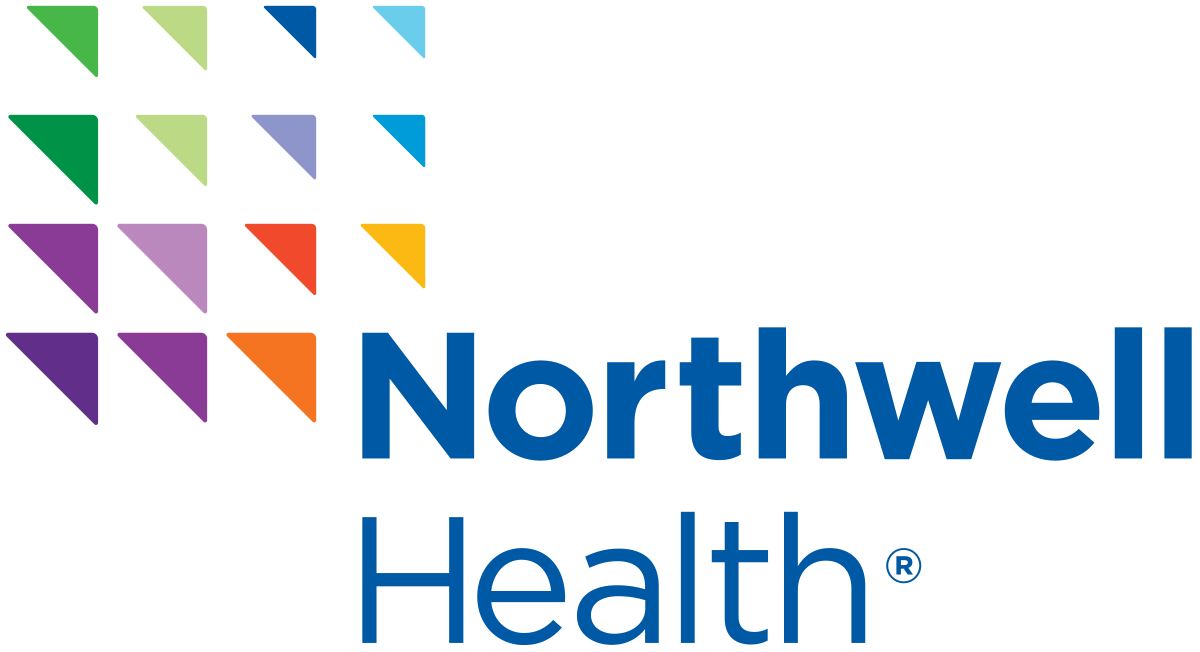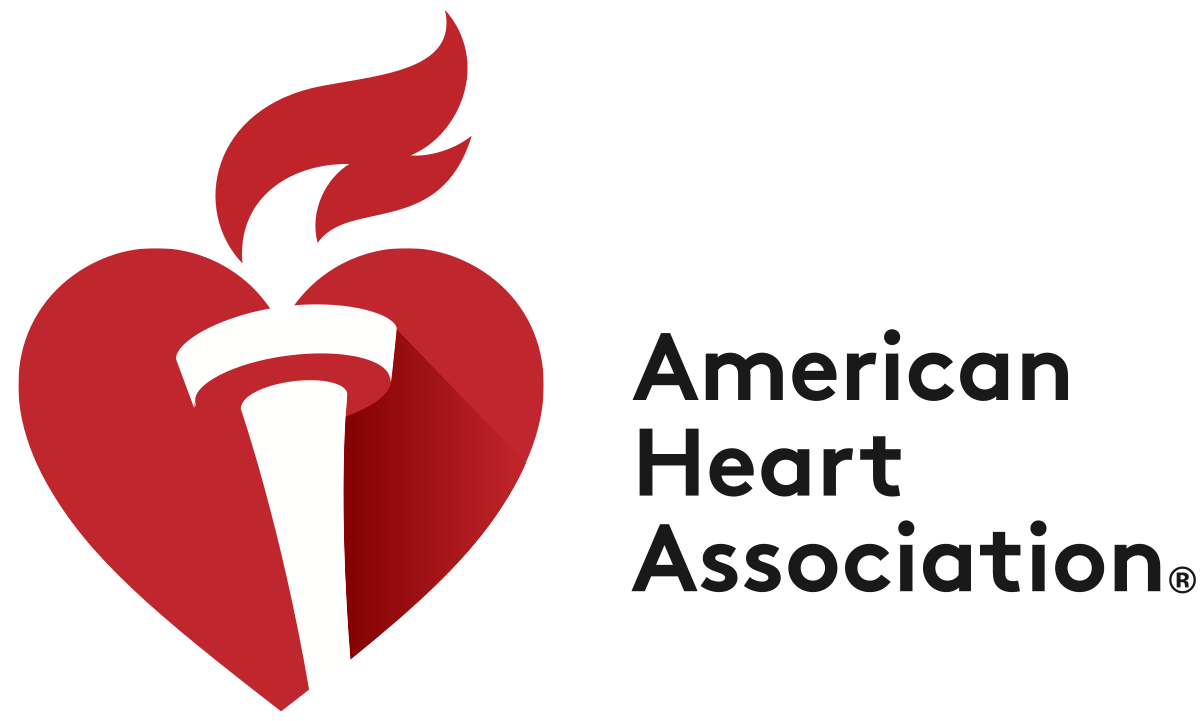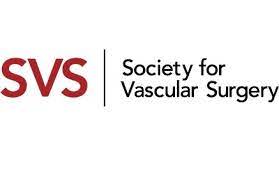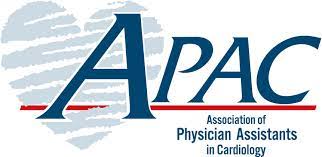Conditions
Angina
Angina is chest pain caused by reduced blood flow to the heart, as a result of coronary heart disease. When plaque forms on the inner walls of the coronary arteries, blood flow is slowed. As this plaque builds, the heart must work harder to ensure blood flow. This buildup of plaque, known as atherosclerosis, causes the heart to gradually become oxygen-starved, producing pain in the surrounding tissue. Angina may feel like pressure or a squeezing pain in the chest and is often associated with a range of other symptoms, including shortness of breath, dizziness sweating, nausea, and fatigue.
Aortic Aneurysm
An aneurysm is a bulge in the artery wall. Arteries are blood vessels that carry blood and oxygen from the heart to other parts of the body. Arteries may become weakened by a condition called atherosclerosis, which is the hardening and narrowing of the arteries due to the buildup of plaque. Smoking and high blood pressure also damage and weaken the walls of the aorta, possibly leading to an aortic aneurysm. A family history and certain genetic conditions may put some people at risk for developing an aortic aneurysm.
Aortic Dissection
An aortic dissection occurs when the inner wall of the aorta tears, creating two channels: one in which blood continues to flow and another in which its flow is stopped. The aorta is the major artery that brings blood from the heart to the rest of the body. The danger of the dissection is that the dysfunctional channel may enlarge, creating pressure on the functional channel and reducing blood flow, possibly causing a ballooning of the large blood vessel. Such an abnormal ballooning is known as an aneurysm. If an aneurysm ruptures, the resulting hemorrhage is life-threatening.
Aortic Regurgitation
Aortic regurgitation, also known as aortic insufficiency, occurs when the aortic valve does not close tightly, causing blood to leak back into the left ventricle of the heart. The aortic valve connects the heart to the aorta and helps blood flow through the body. The abnormal functioning of the valve can occur suddenly or gradually, leading to heart palpitations, endocarditis or heart failure.
Aortic Valve Stenosis
The opening between the left ventricle of the heart and the aorta is the aortic valve. The valve normally prevents blood from flowing back into the heart while allowing blood to flow freely away from the heart. If the valve opening is narrowed for any reason, aortic valve stenosis will result, causing the heart to work harder and the walls of the ventricle to become thicker.
Atrial Fibrillation
Atrial fibrillation is an irregular or too-rapid beating (contraction) of the heart's upper chambers (atria) that affects the movement of blood into the heart's lower chambers (ventricles). It can lead to stroke or heart failure. When the movement of blood is irregular, blood may pool and form a clot; if a clot breaks off and travels to an artery leading to the brain, stroke can result. When the heart is incapable of pumping the amount of blood required to meet the body's needs, heart failure can result. Atrial fibrillation affects more than 2.7 million people in the United States, and often requires medical intervention.
Atrial Myxoma
An atrial myxoma is a benign heart tumor that forms within an atrium, or upper chamber, of the heart. The myxoma is a primary tumor, meaning it forms within the heart rather than forming elsewhere in the body and spreading to the heart tissue. Although primary heart tumors are rare, a myxoma is the most common of these. Approximately 75 percent of myxomas are found in the left atrium and usually begin to grow on the wall between the two upper chambers, known as the atrial septum.
Atrial Septal Defect
An atrial septal defect, also known as ASD, is a congenital heart defect that involves an abnormal opening in the wall separating the two upper chambers, or atria, of the heart. This defect causes blood to flow between the left and right sides of the heart, allowing oxygenated and deoxygenated blood to mix which may result in heart failure, arrhythmia, stroke or pulmonary hypertension.
Atrioventricular Canal Defect
Atrioventricular canal defect is a combination of closely associated heart conditions that result in holes in the septum, the center of the chambers of the heart. This congenital birth defect causes extra blood to flow through the lungs and adds stress to the heart. Also known as endocardial cushion defect or atrioventricular septal defect, the condition is present at birth and may cause heart failure, an enlarged heart and high blood pressure if not treated promptly. The exact cause of atrioventricular canal defect is unknown, but it is common in children with Down syndrome.
Cardiomyopathy
Cardiomyopathy is a disease that causes the heart muscle to become enlarged, thick or rigid. This condition makes it difficult for the heart to pump blood to the rest of the body. Cardiomyopathy can be caused by a number of different factors, which may produce different symptoms and require different treatments. Although it can be a serious condition that may lead to life-threatening complications, many cases of cardiomyopathy can be effectively treated to reduce symptoms and damage.
Cardiovascular Disease
Heart disease, also known as cardiovascular disease, is the leading cause of death among both men and women in the United States. Heart disease encompasses some of the following conditions:
Chest Injury
Chest injuries can vary in severity. A minor chest injury may result in a simple bruise to the chest, while a severe chest injury may cause damage to the heart or lungs.
Chest Pain
There are many types of, and reasons for, chest pain. Chest pain can be sharp and stabbing, dull and aching, or even burning or crushing. At times, chest pain radiates into the neck, shoulder, back or jaw, or down the arms. Although it can be the result of injury or disease, the most life-threatening conditions causing chest pain involve the lungs or the heart.
Congestive Heart Failure
Congestive heart failure (CHF) occurs when the heart muscle, whether from weakness or stiffening, does not pump with sufficient force to circulate the blood properly. As a result, blood backs up in other parts of the body, such as the liver, abdomen, lower legs and lungs, because the heart is unable to keep pace with the body's circulatory needs. While CHF can occur on either side of the body, it usually begins on the left, where the left ventricle, the primary pumping chamber of the heart, is located.
Deep Vein Thrombosis
Deep vein thrombosis (DVT) occurs when a blood clot, also known as a thrombus, forms in a vein deep within the body. Such clots most frequently form in the legs, but may occur in other parts of the body. Blood clots can be caused by anything that prevents the blood from circulating normally or clotting properly. Deep vein thrombosis may be caused by extended periods of inactivity; in some cases it may be the result of staying in bed during a long hospital stay or sitting for a long-period of time on an airplane flight. An injury to a vein or certain medical conditions may also cause a blood clot to form. DVT is serious condition that requires medical treatment, as a blood clot may travel to the blood vessels of the lungs, heart or...
Dilated Cardiomyopathy
Dilated cardiomyopathy is a condition that affects the left ventricle of the heart. The left ventricle is the main pumping chamber of the heart and when it is enlarged, due to dilated cardiomyopathy, it becomes difficult for the heart to pump blood throughout the body. This condition is primarily diagnosed in middle-aged patients, but it can affect people of all ages. Dilated cardiomyopathy is a common cause of heart failure and can also be the cause of arrhythmia, blot clots or sudden death. While the cause of dilated cardiomyopathy is often unknown, researchers have found certain genes that may be associated with the condition.
Echocardiography
Echocardiography uses an echocardiogram (ultrasound of the heart) to assess the functioning and health of the the heart by creating images out of sound waves. In addition to detecting many other heart problems, echocardiograms can diagnose specific heart conditions; determine if heart abnormalities exist; and evaluate the effectiveness of procedures that have been performed on the heart. There are five basic types of echocardiograms: transthoracic (TTE); transesophageal (TEE); stress; Dobutamine stress; and intravascular ultrasound.
Electrocardiogram
An electrocardiogram is a diagnostic test that measures the electrical activity of the heart. Also known as an EKG or ECG, the electrocardiogram translates the information it receives into a pattern of waves for analysis. An EKG produces a record of waves that correspond to the electrical impulses that occur during each beat of a patient's heart. This non-invasive test is usually performed as part of a routine physical examination, however, it may be performed to investigate the cause of heart-related symptoms such as chest pain, shortness of breath and heart palpitations.
Endocarditis
Endocarditis is an infection of the inner lining of the chambers or valves of the heart. Endocarditis typically affects patients with existing heart conditions and occurs when germs in the bloodstream attach to damaged or abnormal areas of the heart.
Heart Arrhythmia
An arrhythmia is an irregular or abnormal heartbeat. A heart arrhythmia may occur when the electrical impulses that control the beating of the heart don't work properly, causing the heart to beat too slow, too rapidly, or irregularly. While most arrhythmias are harmless, they may be an indication of a serious underlying condition, such as heart disease or a lack of blood flow to the heart. Heart arrhythmias are not uncommon and may be congenital or caused by various factors.
Heart Attack
A heart attack occurs when the coronary arteries, the blood vessels that deliver blood to the heart, are suddenly blocked and cannot supply the heart with blood and oxygen. This blockage causes damage and gradual death of the heart muscle and often requires immediate treatment in order to save the person's life. Also known as a myocardial infarction, heart attacks most often occur as a result of coronary artery disease, a condition in which plaque builds up inside the arteries. Heart attacks are the leading cause of death for men and women in the United States.
Heart Failure
Heart failure occurs when the heart is not pumping blood as it should, making it unable to provide the body's cells with the oxygen and nutrients they require. Despite its name, it is not a complete shutdown of the heart, but rather a chronic and progressive condition, albeit one that is usually treatable with medication and lifestyle changes. Heart failure is responsible for the greatest number of hospitalizations in people 65 years and older.
High Blood Pressure
High blood pressure, also known as hypertension, occurs when the pressure of the blood flowing against the artery walls is above the normal range. Blood pressure is determined by the amount of blood the heart pumps and the blood flow resistance in the arteries. If the heart pumps more blood than normal, and the arteries are narrower than normal, the result is high blood pressure. Untreated high blood pressure can cause serious health problems, including heart attack, kidney failure and stroke. There are two types of high blood pressure: primary and secondary. Primary hypertension is high blood pressure that develops gradually over the course of time, and secondary hypertension is high blood pressure that results from an underlying...
High Cholesterol
Cholesterol is produced by the liver, the intestines and nearly all tissues in the body. Cholesterol is needed for the production of hormones, vitamin D and the bile necessary to digest the fats in food. Cholesterol also protects cell membranes from changes in temperature. While a certain amount of cholesterol is needed, too much cholesterol is unhealthy. An excessive amount of cholesterol can block blood flow in the arteries. This lack of blood flow can lead to a stroke. While there are no symptoms of high cholesterol, a simple blood test can provide patients with results. Cholesterol levels can be controlled or reduced with an active and healthy lifestyle. In some cases, medication may be necessary to control high levels of...
Hypertensive Heart Disease
Hypertensive heart disease is a group of heart conditions that develop as a result of high blood pressure. High blood pressure is a buildup of pressure within the blood vessels which causes the heart to work harder. It is considered the most common risk factor for serious heart conditions. These conditions include heart failure, ischemic heart disease and coronary artery disease. Complications of high blood pressure may involve the following:
Hypertrophic Cardiomyopathy
Hypertrophic cardiomyopathy is a disease in which the heart muscle, or myocardium, becomes thickened. This condition makes it difficult for the heart to pump blood. In some cases, it can also cause damage to the heart's electrical system.
Low Blood Pressure
Low blood pressure, also known as hypotension, is a goal that many people try to achieve in order to avoid the symptoms and complications of high blood pressure. Yet when blood pressure is too low, it can be a serious medical condition, potentially causing permanent damage to the heart and the brain.
Mitral Valve Prolapse
Mitral valve prolapse occurs when one of the valves of the heart does not work properly. The mitral valve is the valve between the upper and lower left chambers of the heart. When this valve does not close properly, it causes a condition known as mitral valve prolapse. Mitral Valve prolapse often causes no symptoms and is usually not a serious condition. However, it may sometimes cause blood to flow backward into the upper left chamber or left atrium of the heart. This back flow of blood is referred to as mitral valve regurgitation. Most people are born with mitral valve prolapse and this condition is often hereditary.
Pediatric Heart Murmur
A heart murmur is defined as an extra or unusual sound that is heard during a heartbeat, which is the sound made when blood flows into and out of the heart. It is not unusual for a child to have a heart murmur; in most cases, it is not an indicator of an underlying heart problem. Referred to as "innocent" or "functional," this type of murmur is heard only periodically, often goes away as a child gets older, and does not affect quality of life in any way. However, a problematic murmur, which is classified as abnormal, can be the result of a congenital heart defect (a structural defect present at birth). A heart murmur is graded, based on its intensity (loudness), on a scale of one to six.
Pericarditis
Pericarditis is an inflammation of the pericardium, the protective sac surrounding the heart that helps cushion it from surrounding structures. The pericardium has two layers, which are separated by a small amount of fluid. When these layers become inflamed, they can rub against the heart, and cause chest pain, which can be mistaken for a heart attack. Pericarditis is classified as either chronic or acute.
Peripheral Artery Disease
Peripheral artery disease, also known as PAD, is a common vascular condition involving a buildup of plaque within the peripheral arteries of the limbs, usually the legs and feet. Plaque is an accumulation of fat, cholesterol, calcium and other substances in the blood. The buildup of plaque can severely narrow or block the arteries and limit the flow of oxygen-rich blood to the body. PAD may be a symptom of atherosclerosis, a specific form of arteriosclerosis, which leads to a more widespread occurrence of plaque buildup in arteries.













